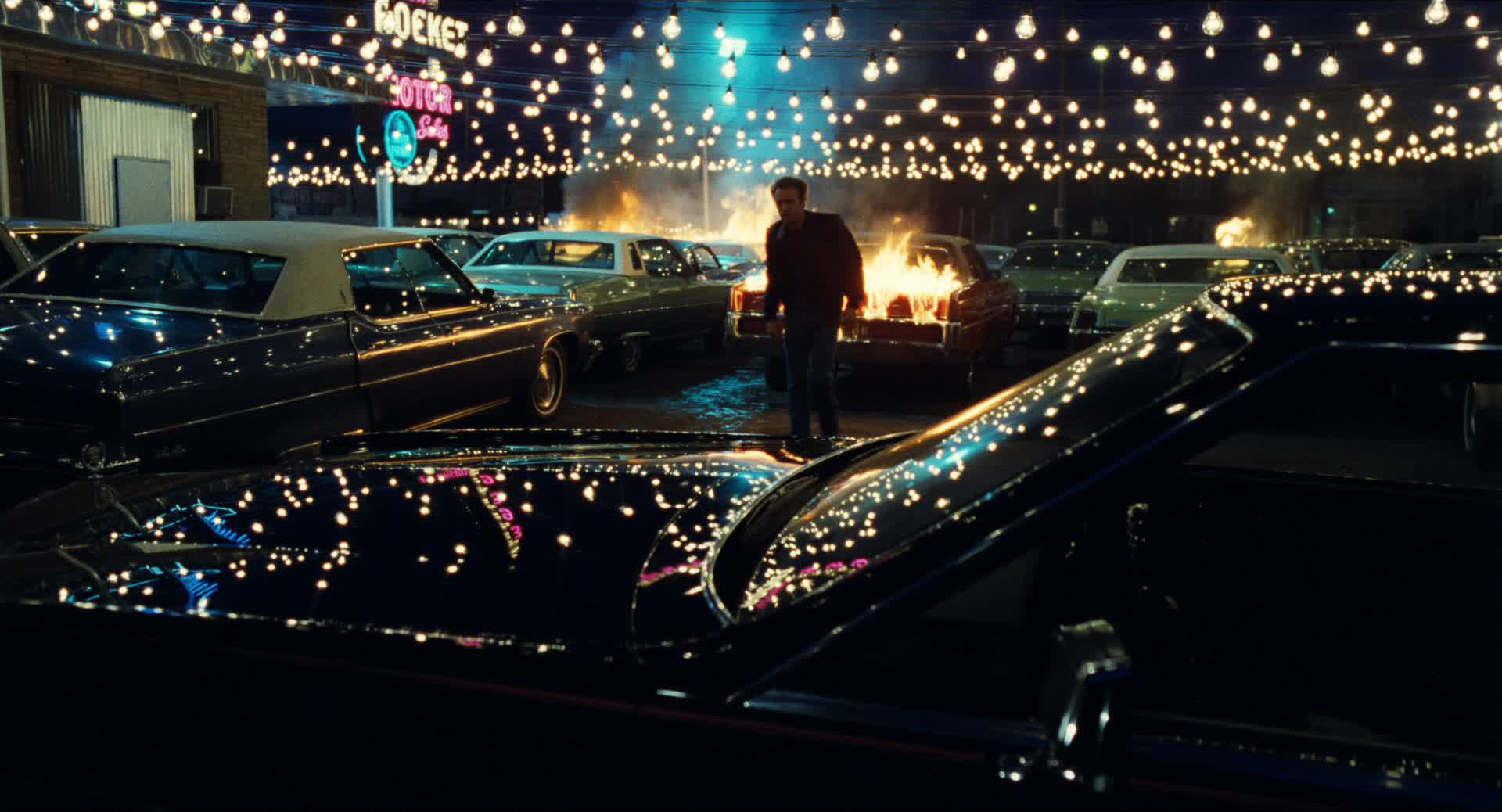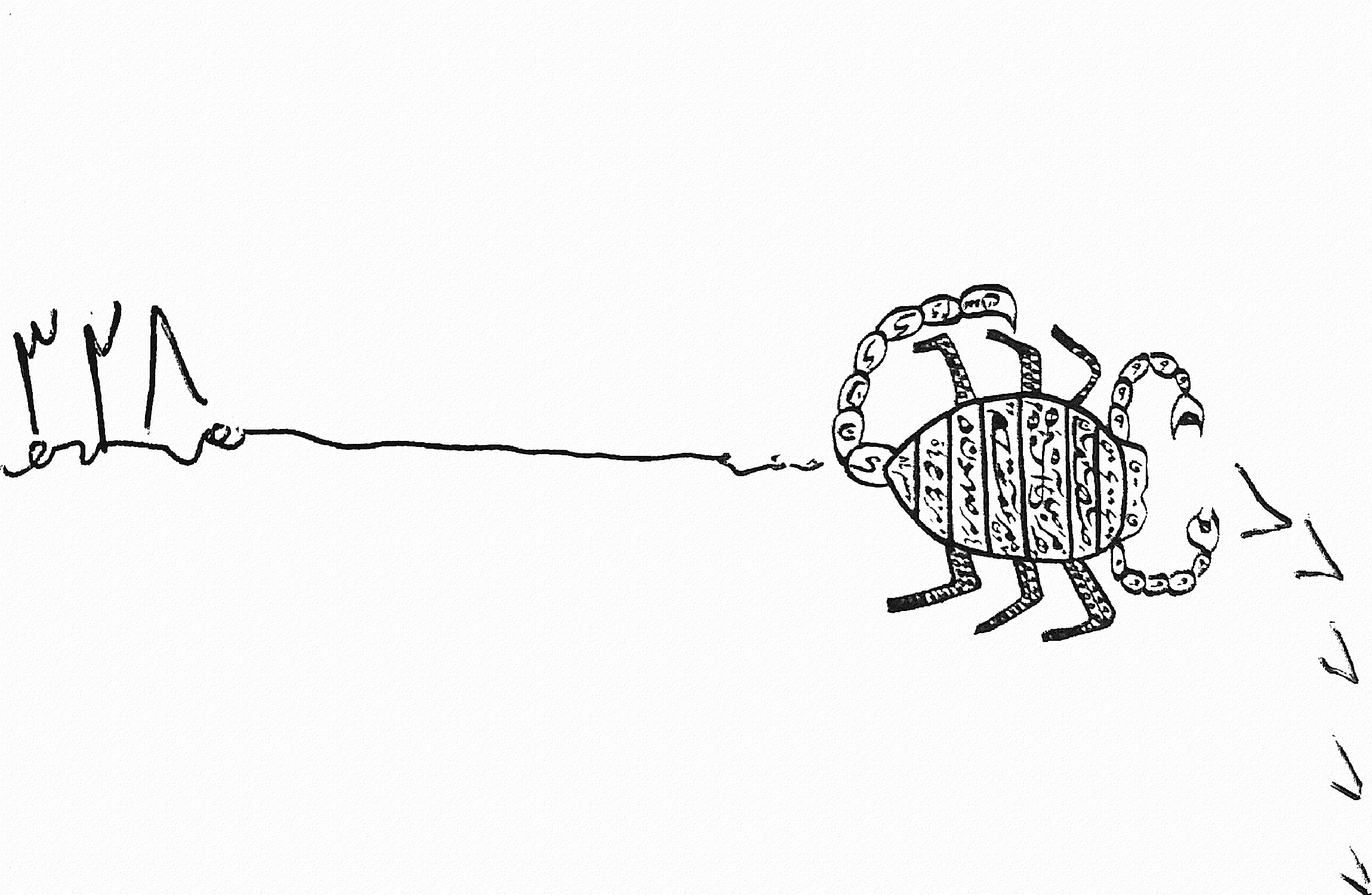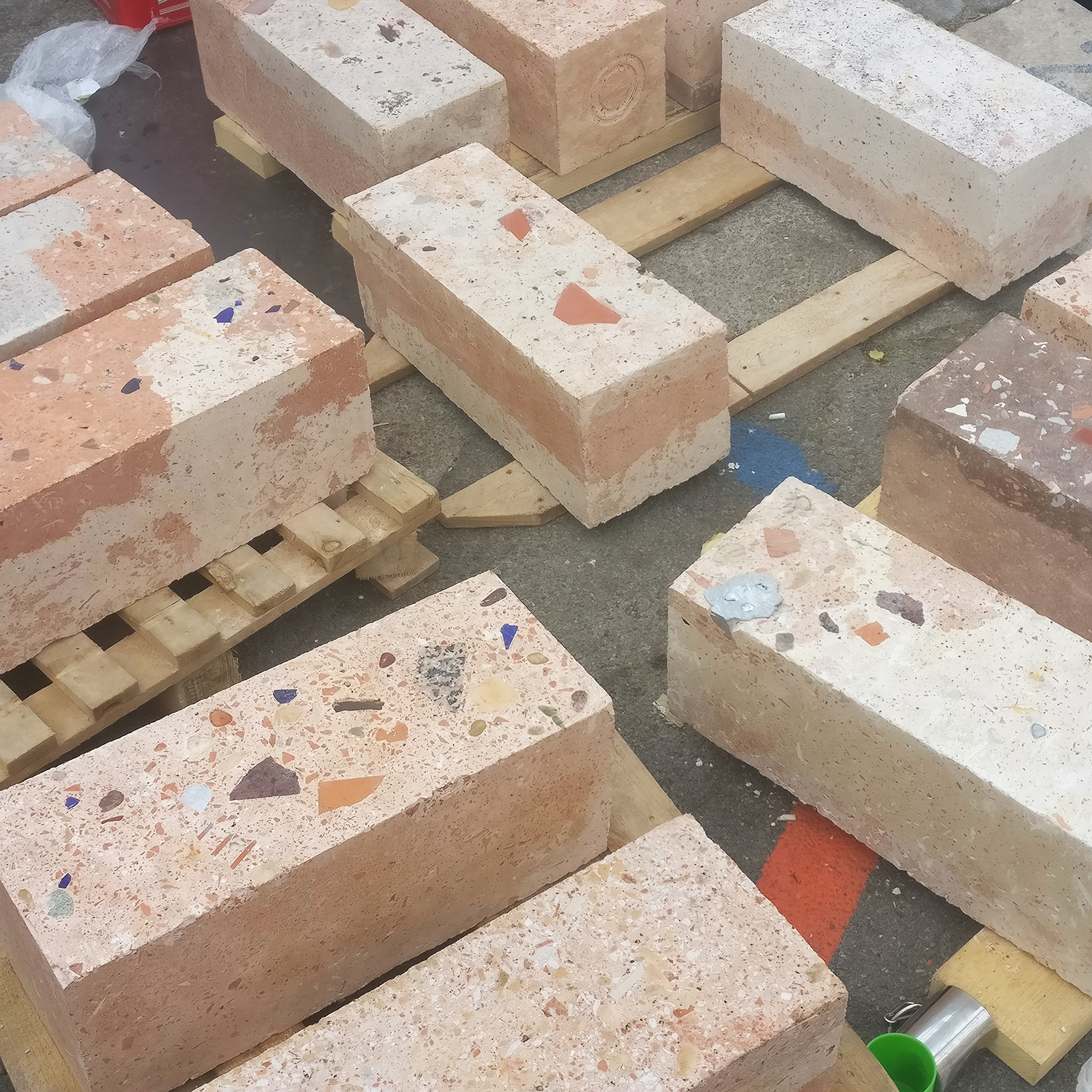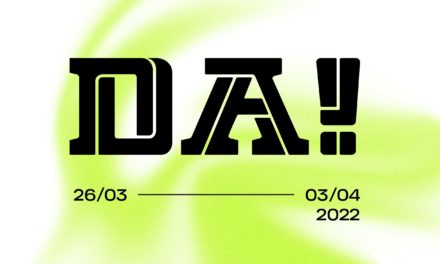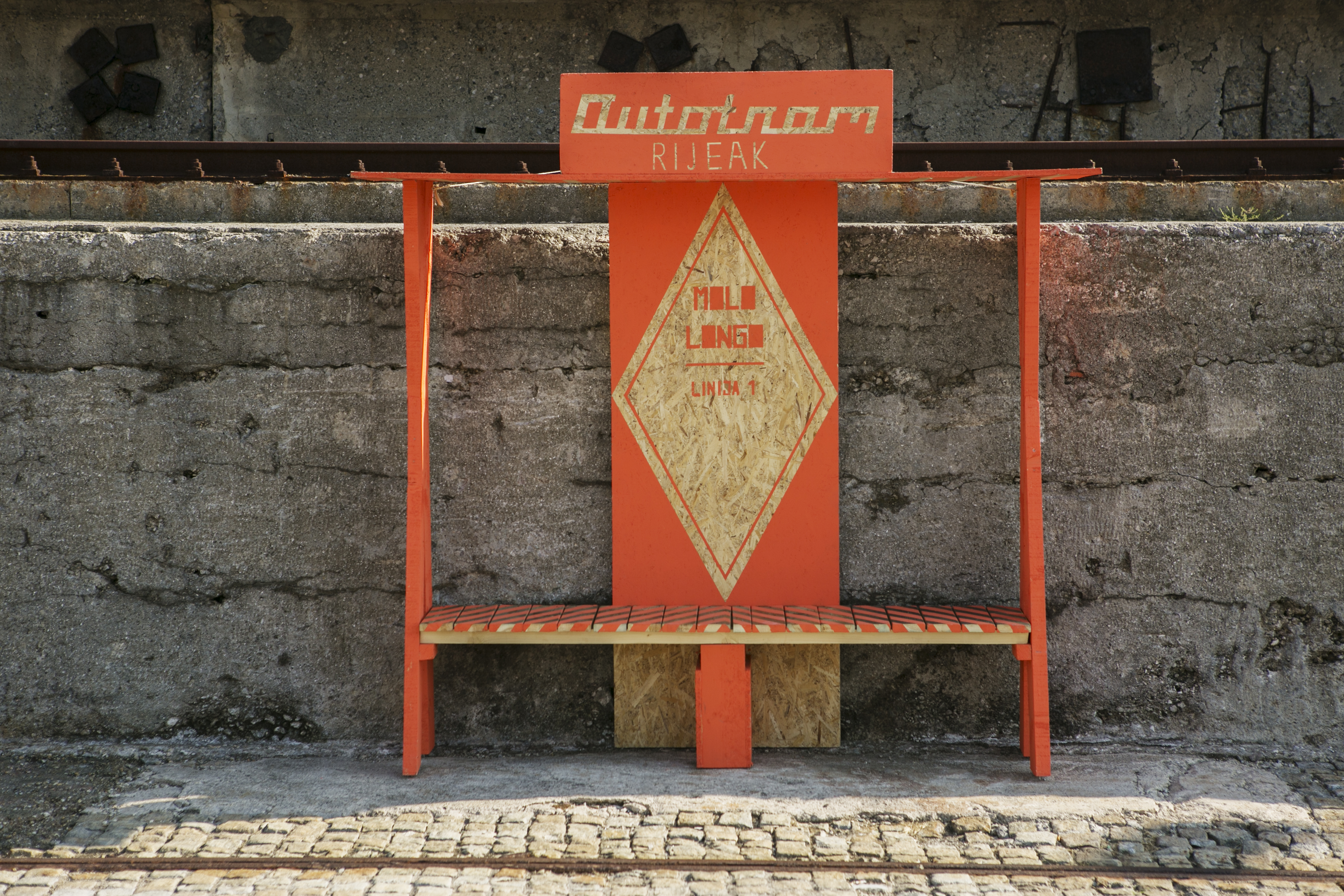Author: Mladen Jakovljević
Michael Mann spent all his career directing, producing and writing crime dramas. This Los Angeles based director is interesting not only for his constant exploration of human psyche, but also because of his exploration of space. He managed to reflect the loneliness, lack of identity, transience on the surroundings of the characters in his movies. Scenes are usually set on basic places that share one common feature. Author Marc Augé, in his book “Non-Places: Introduction to an Anthropology of Supermodernity“, called them “non-places”. They represent architectural space without historical value or identity.
The scape is a byproduct of traffic acceleration and shorter distance. In that kind of space people are separated from their identity, they create groups like: travelers, accidental passerby, spenders and workers. Best examples of this type of space are: airports, highways, train stations, parking lots,bridges and all types of business buildings. For Michael Mann they are unavoidable elements in his scenes.
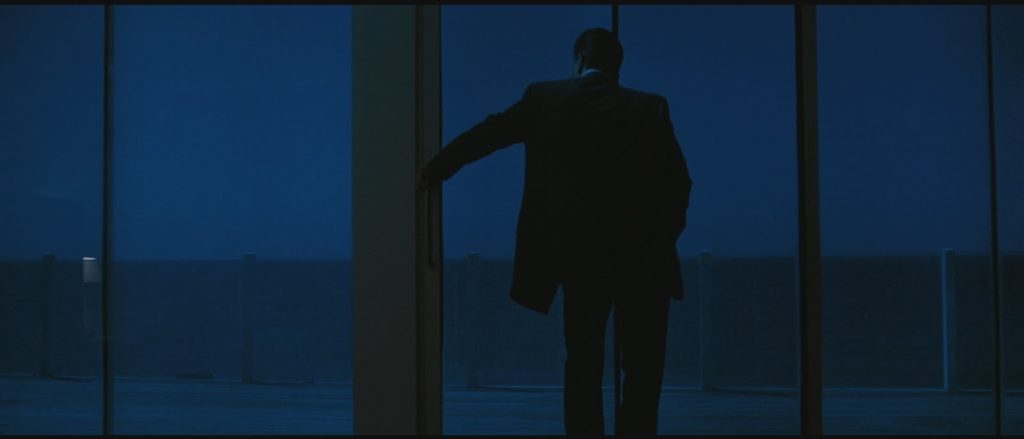
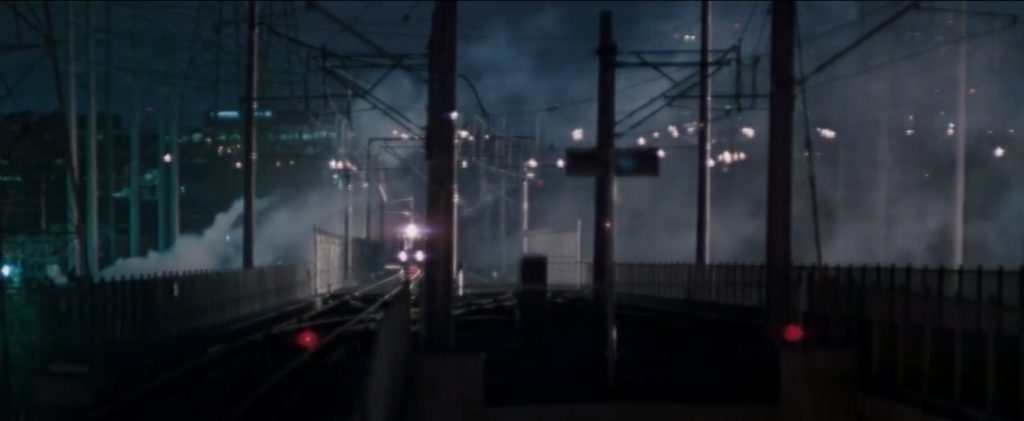
Heat (1995) – LA metropolitan area (populated with 13 million people) looks vast/empty, and is correlated with the alienation of main characters. A train station from the first scene is an example of non-place. Mann avoids famous and recognizable LA sights, and shown only basic streets and post-modern architecture. He constantly puts his actors in noon places,places with no compassion for people. One of the main characters Neil McCauley (played by Robert DeNiro) is never shown in his home or some familiar place. He always goes through busy streets like a n individual without feelings and homesickness. His rival Vincent Hann (played by Al Pacino) lives with a wife and daughter in an empty post-modern house,that does not look like a warm family home. It is as cold as his office in the police station.
Home, as a starting point is translated on the street where the plot continues. Both places are without identity, but they influence the lives of characters. They are all lost, abandoned, lonely regardless of their social status and role in society. LA is shown as a quiet, grey, isolated city. Because it represents the alienation of modern man from his surroundings.

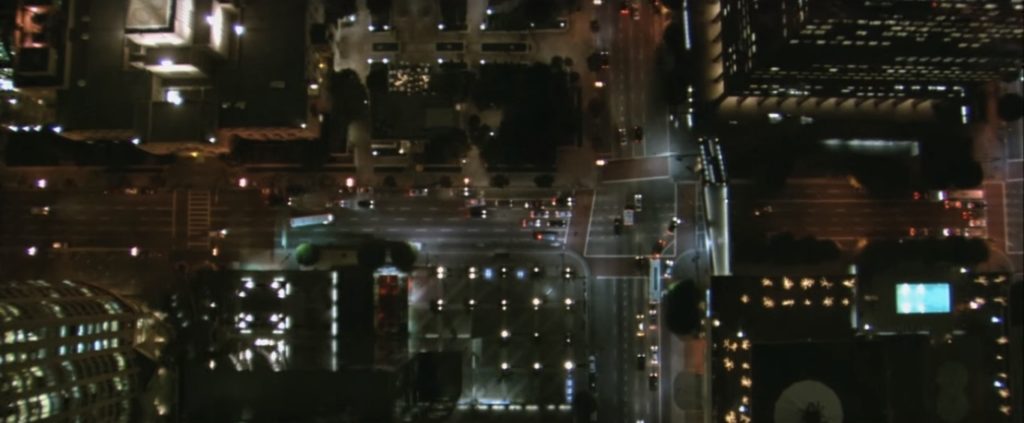
Collateral (2004) – This film again shows LA as a place with too many people and too little compassion. The non-place symbol here is the traffic station from the first scene. Places constantly determine the action. The objects are used as transition points from one scene to another, although the objects themselves are irrelevant. In Heat the non-places are bookstores and coffee shops, here it is taxi. The city is overpopulated place where nobody knows anybody. Airports, elevators and highways represent 3 levels of design.
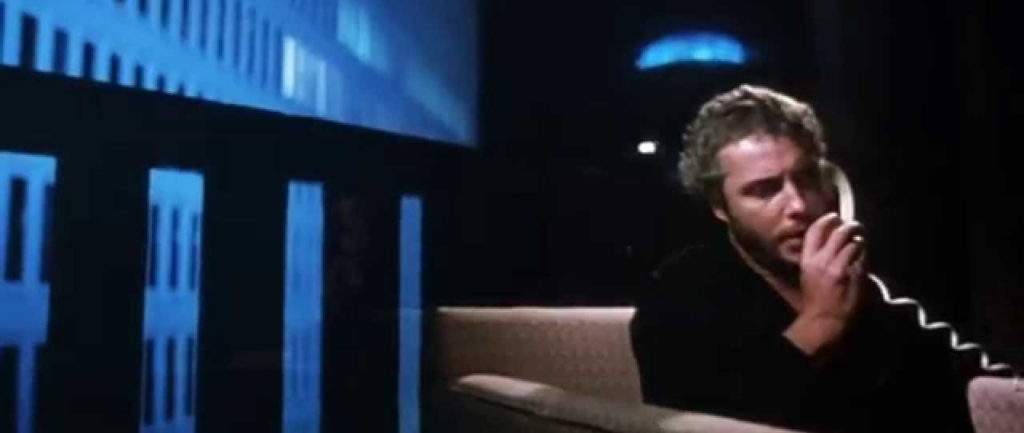
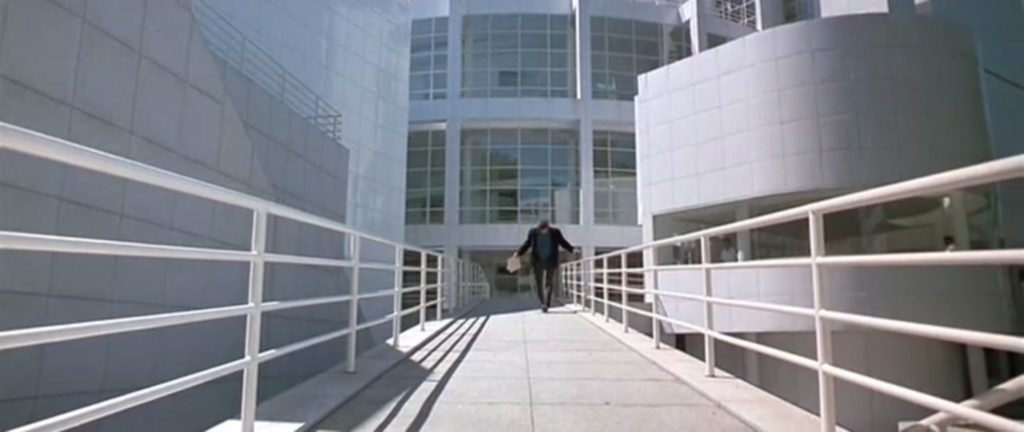
Manhunter (1986) – Unlike other movies,that have the story placed in busy, public places,this movie has its story unfold in a static place – an Atlanta museum – altered a little bit in favor of the movie plot. The museum is predominantly white, to form an impression of the sterility of the space. The director discards all the qualities of a museum and adapts it to the thematic design he has in mind. Mann sees this place as a prison, and its whiteness and sterility increase the absence of an identity typical for this kind of artistic places. Like in his previous movies, we can see the effect of this non-place on the psychological life of individuals.
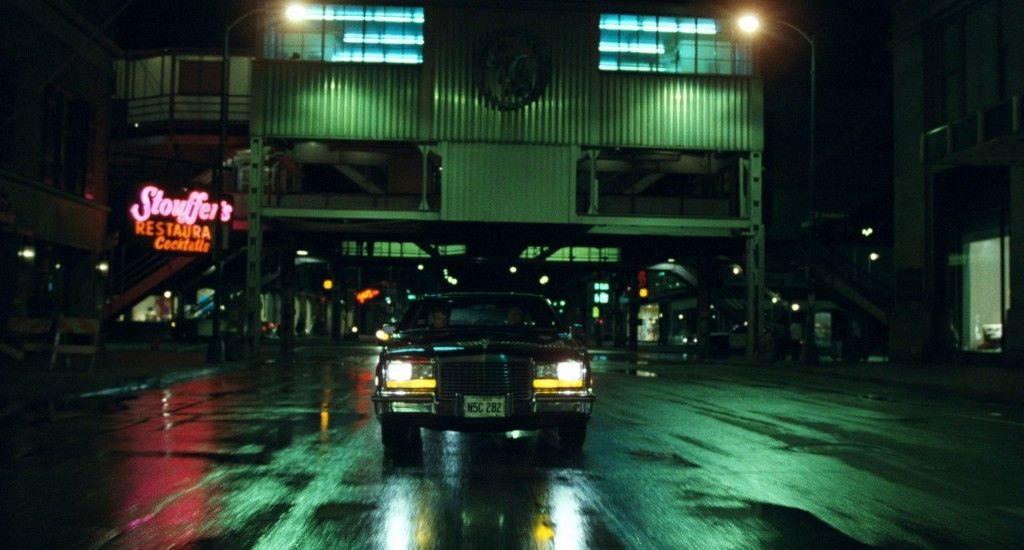
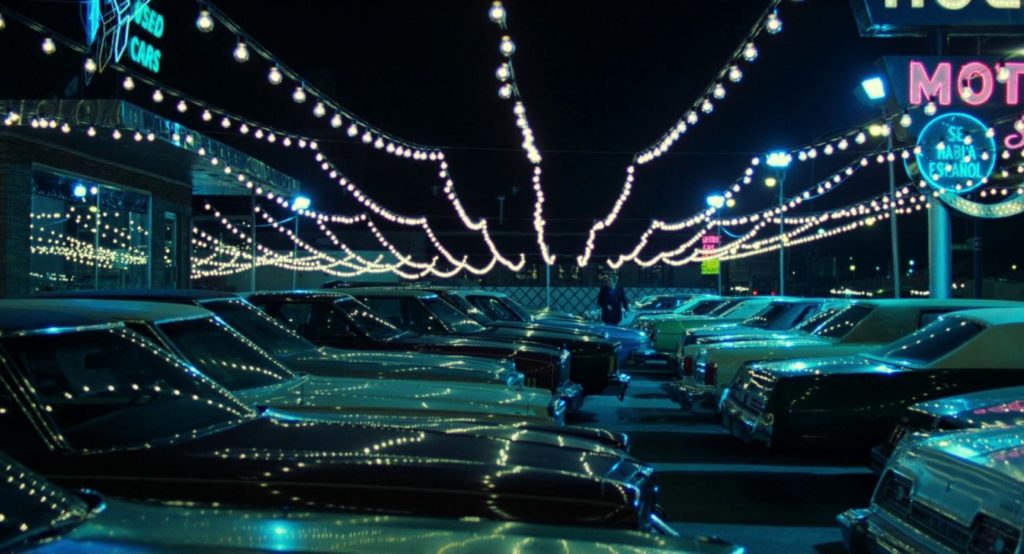
Thief (1981) – Chicago – here the plot starts with a history of a city compared to its present state. The camera focuses on historical buildings that are falling apart due to old age. They are announcing the gradual disappearance of an identity and an inception of a non-place. The movie again shows ports, empty streets, parking lots, cars etc. Drone shots show both the symbols of the city and new empty spaces, to emphasize its difference and to set the plot in between. All types of transportation we see in a movie make us question their point. We ask a symbolic question: Where are we going, do we really know, does it really matter?

The people, in a crowded city streets are constantly searching for something. They leave their modern homes, go to parking lots and garages to meet other people. All arguments and confrontations happen under bridges instead of office buildings. Highways are places for relaxation, restaurants and bars are places for negotiation and transaction. The camera carefully places the characters in regard to city’s structures and creates a special narrative. Man manipulates architecture because he wants to visually show a metaphor of lonely and anonymous protagonists. They become one with the crowd to represent future of an identity. If non-places prevail in time, will it be possible to identify with a space. Will “coffee to go” principle be used on our idea of home.

